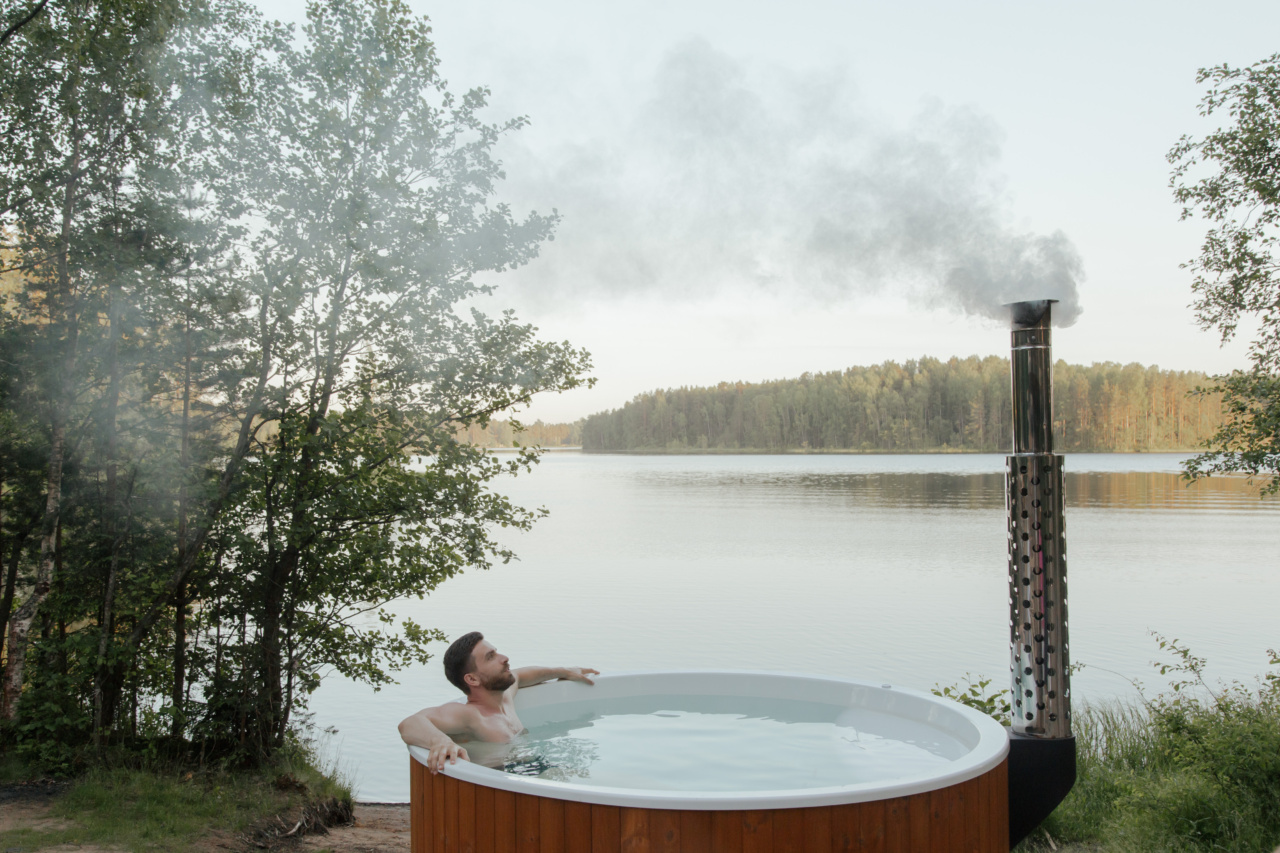Spring is a beautiful time of year when flowers bloom, birds sing, and the world comes alive after a long, cold winter. However, for many people, spring also means the onset of seasonal allergies.
Itchy eyes, sneezing, and a runny nose are just a few of the unpleasant symptoms that can accompany the arrival of pollen and other allergens.
The Role of Pollution
While pollen is often the main culprit behind spring allergies, research has shown that pollution can exacerbate these symptoms and make them more severe.
Air pollution, both indoor and outdoor, can interact with pollen and other allergens, making them more potent and difficult to avoid. It is essential to understand the link between pollution and spring allergies to take appropriate measures to mitigate their effects.
Outdoor Air Pollution and Allergies
Outdoor air pollution, such as vehicle emissions, industrial pollutants, and smoke, can significantly impact individuals with spring allergies.
Pollutants in the air can cause irritation and inflammation in the respiratory system, making it more sensitive to the allergens present in the environment. This increased sensitivity can lead to more severe and prolonged allergic reactions.
Furthermore, pollutants can attach themselves to pollen particles, making them heavier and more likely to fall closer to the ground.
This means that pollen concentrations can be higher in areas with high pollution levels, making it difficult for allergy sufferers to find relief, even indoors.
Indoor Air Pollution and Allergies
While many people seek refuge indoors during allergy season, indoor air pollution can also worsen spring allergies. Common indoor pollutants such as dust mites, pet dander, mold, and smoke can trigger allergic reactions and exacerbate symptoms.
It is crucial to ensure good indoor air quality by regularly cleaning and ventilating living spaces.
Certain household products, such as cleaning chemicals, air fresheners, and scented candles, also release volatile organic compounds (VOCs) into the air, which can further irritate the respiratory system and worsen allergy symptoms.
Using natural and fragrance-free alternatives can help minimize exposure to these pollutants.
The Effects of Pollution on Allergic Reactions
Pollution not only enhances the effects of allergens but can also exacerbate inflammatory responses in the body. Allergens, such as pollen, trigger the release of histamines, chemicals responsible for the classic allergy symptoms.
When combined with pollutants, the release of histamines becomes more pronounced, leading to more severe symptoms.
Additionally, pollution can compromise the respiratory system’s ability to clear allergens and mucus, making it harder for allergy sufferers to recover from asthma attacks or sinus infections.
The combination of pollution and allergies can lead to a vicious cycle of worsening symptoms and increased susceptibility to respiratory infections.
Protecting Yourself from Pollution and Allergies
Minimizing exposure to both pollution and allergens is crucial for individuals susceptible to spring allergies. Here are some steps you can take to protect yourself:.
1. Monitor Pollen and Air Quality Levels
Stay informed about local pollen counts and air quality levels. Many weather apps and websites provide this information, allowing you to plan outdoor activities accordingly.
If pollen or pollution levels are high, consider spending more time indoors or taking necessary precautions.
2. Create Allergy-Safe Indoor Spaces
Ensure your home provides a safe haven from allergens and pollutants by implementing the following measures:.
- Regularly vacuum and dust surfaces to minimize dust mites and pet dander.
- Keep windows closed to prevent pollen from entering your home.
- Use air purifiers with HEPA filters to remove allergens from the air.
- Avoid smoking or allowing others to smoke indoors.
3. Practice Good Personal Hygiene
After spending time outdoors, pollen can stick to your clothes and hair, prolonging exposure and symptoms. Take the following steps to minimize the impact:.
- Remove shoes before entering your home to avoid tracking pollen inside.
- Change clothes and shower after spending extended periods outdoors.
- Wear sunglasses to protect your eyes from pollen.
4. Consult Your Doctor
If you suffer from severe spring allergies, it may be beneficial to consult an allergist or immunologist. They can provide specific recommendations for managing your symptoms and prescribe medications or allergy shots if necessary.
Conclusion
Spring allergies can be a nuisance, but understanding the link between pollution and these allergic reactions can help individuals better protect themselves.
By monitoring and minimizing exposure to both allergens and pollution, it is possible to alleviate symptoms and enjoy the beauty of spring without the discomfort of allergies.





























